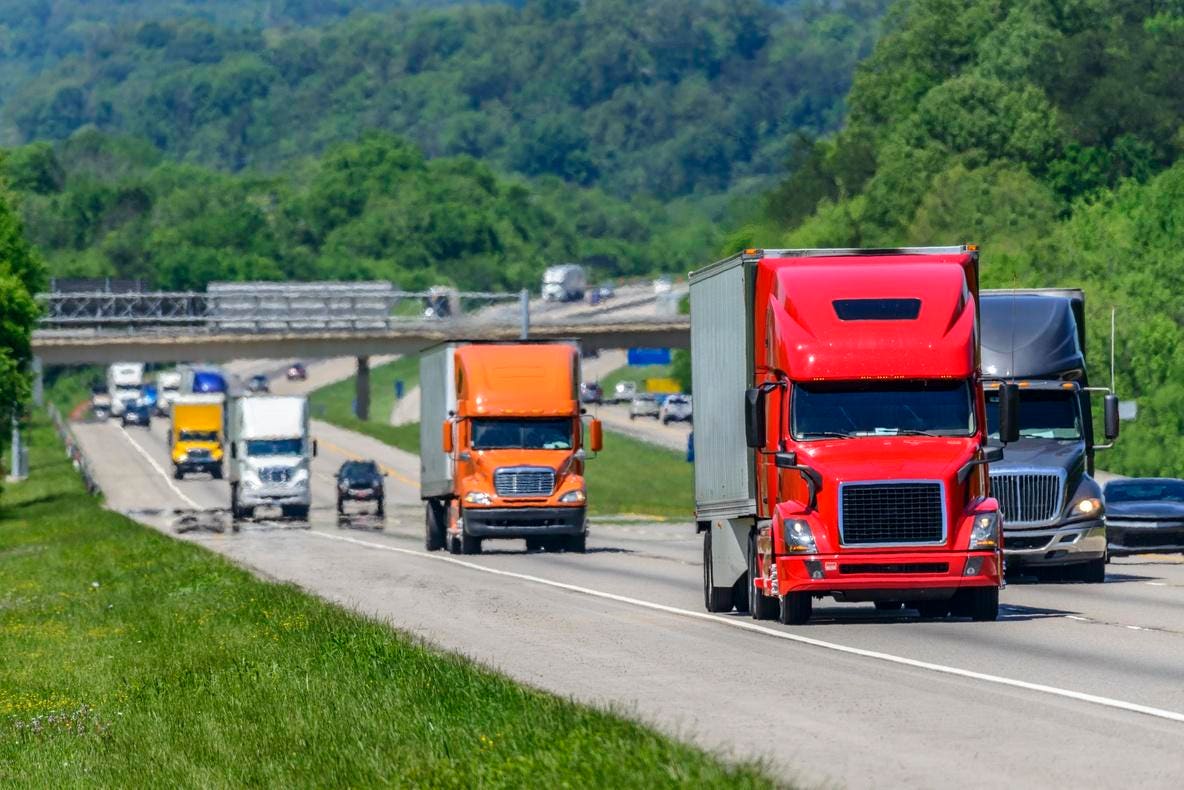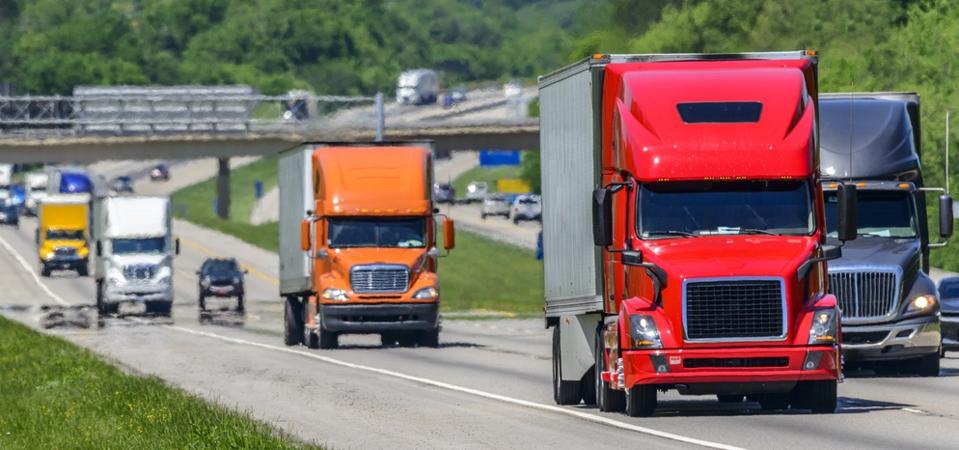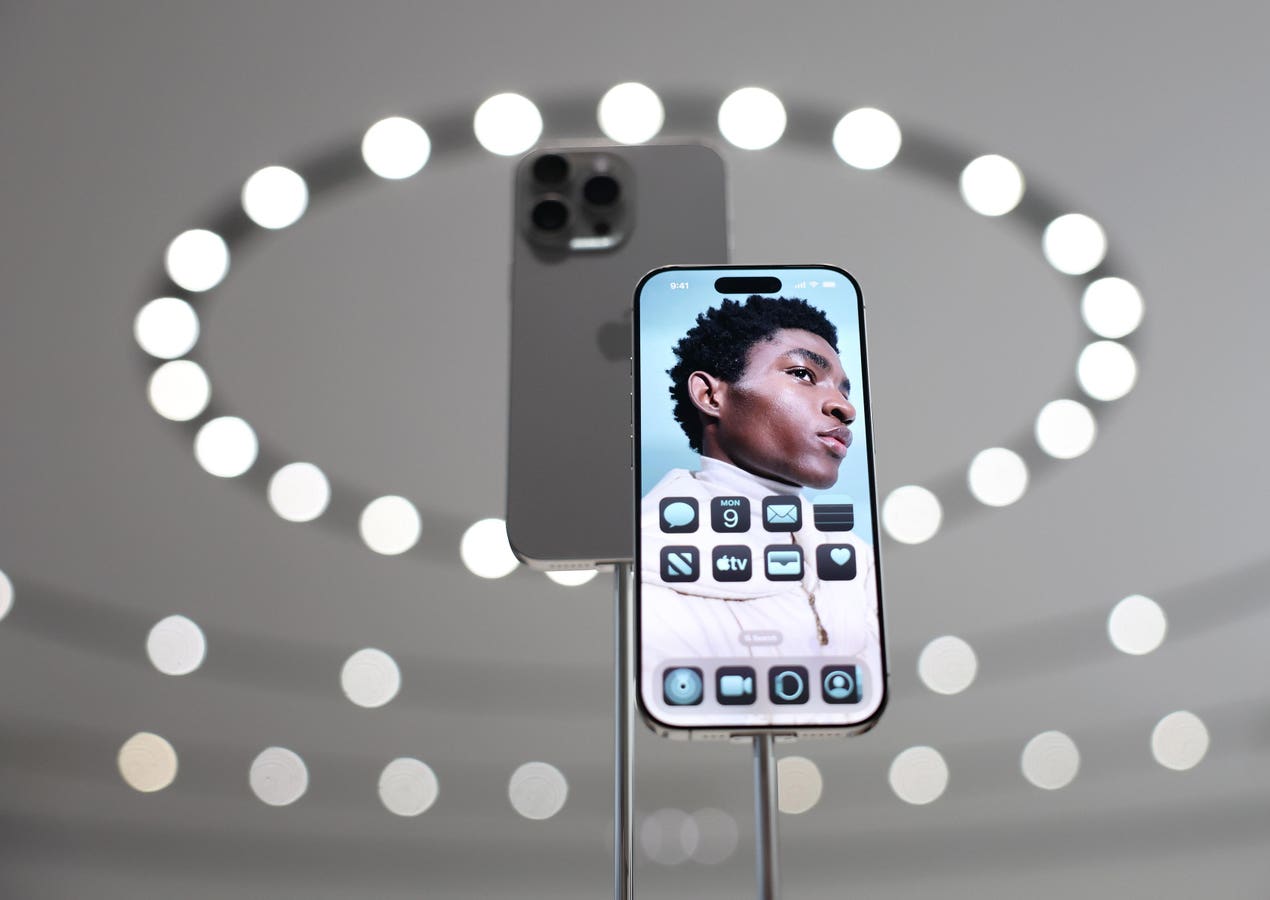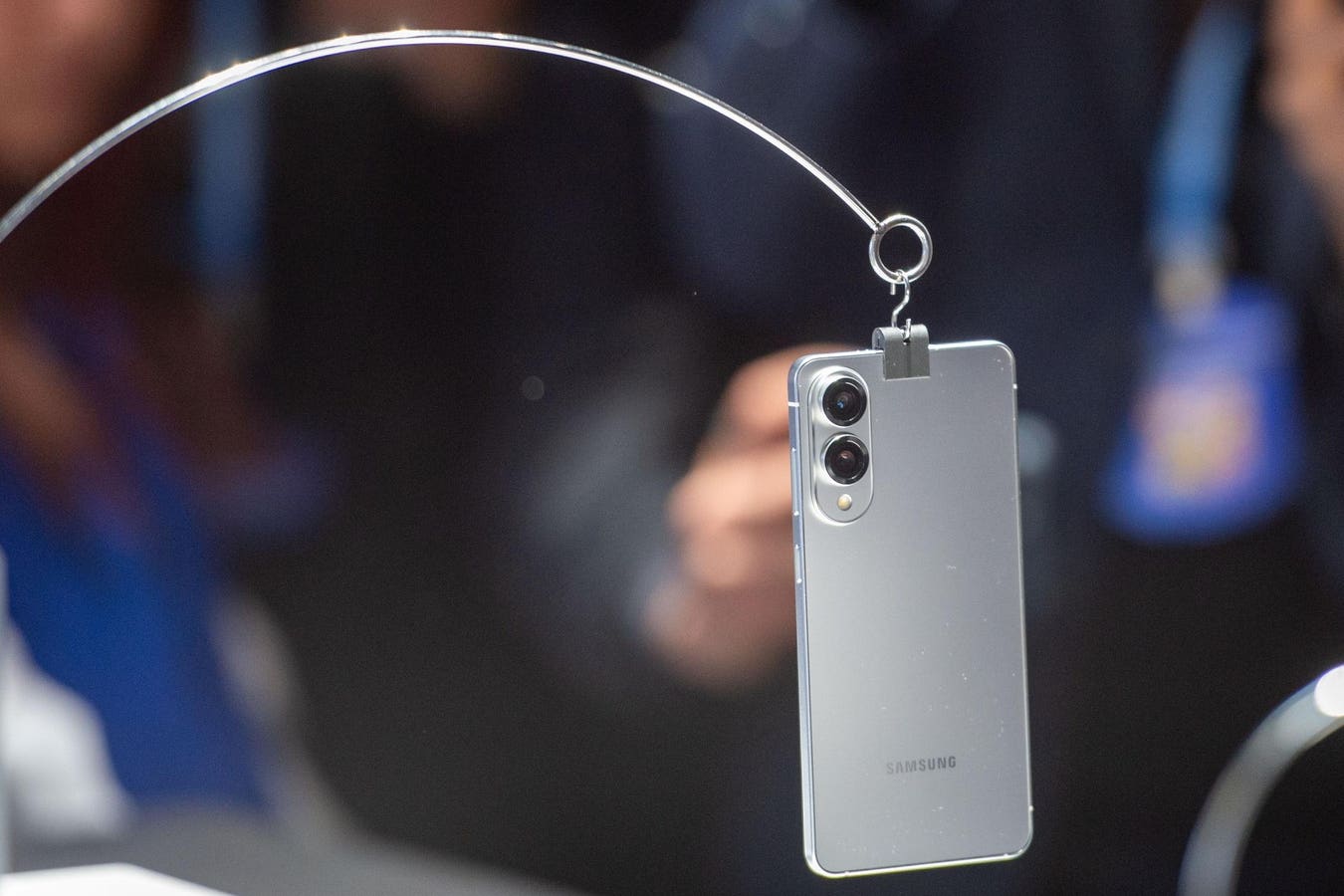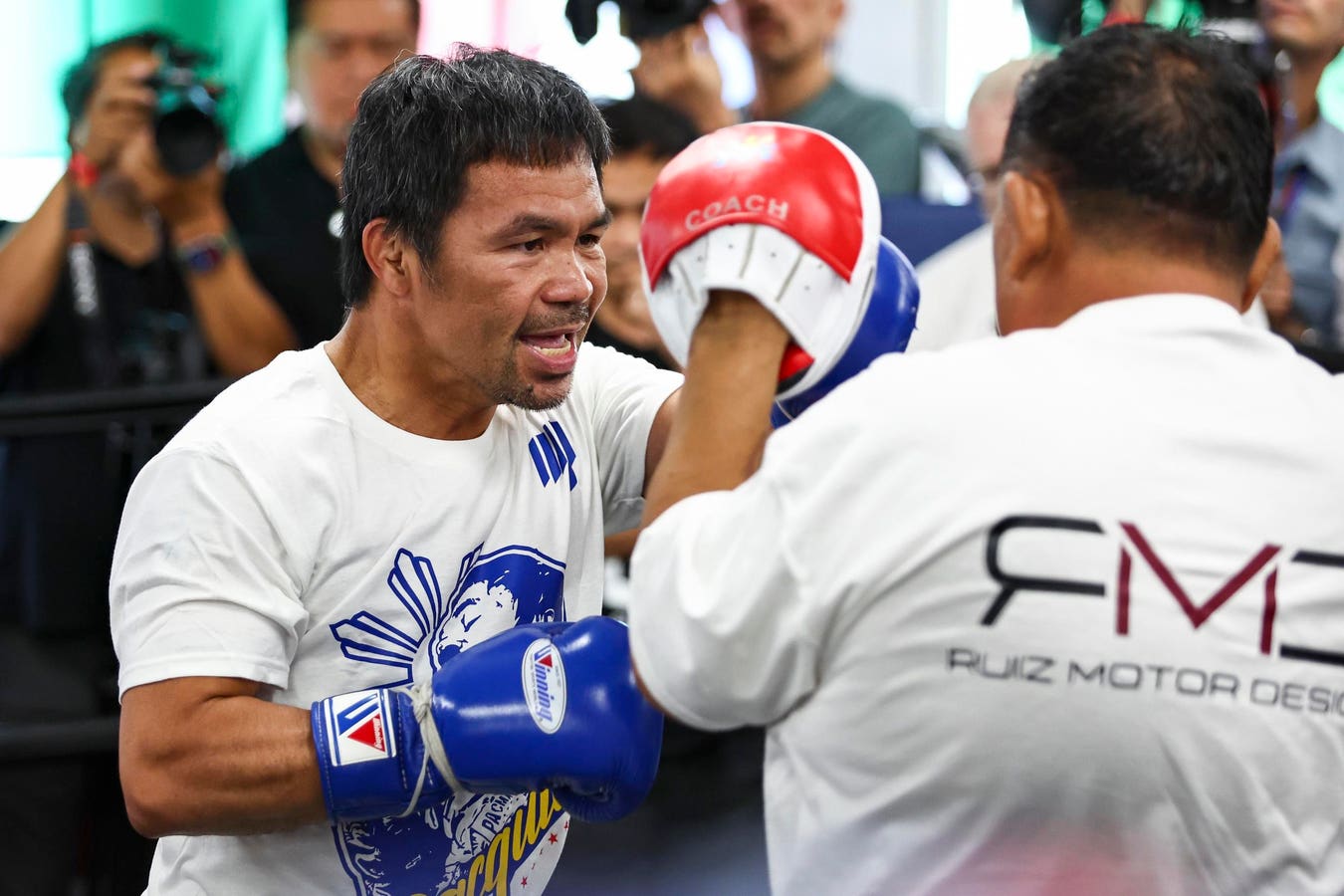Trucking defense attorneys must adapt for Gen-Z
getty
When UnitedHealthcare CEO Brian Thompson was allegedly killed by Luigi Mangione in December 2024, the country’s reaction revealed something deeper than headlines suggested. While national opinion clearly condemned the violence, a noticeable undercurrent emerged online. Plenty of younger Americans, especially on social media, began debating Mangione’s alleged motives, and some even viewed him as an unlikely symbol of rebellion against corporate power.
For many Gen Z observers, it wasn’t about justification; violence was widely recognized as wrong. Rather, the reaction reflected deeper frustration with systems they perceive as rigged in favor of corporations and insurance companies over ordinary people. This generational perspective on corporate accountability has profound implications for trucking litigation, where these same jurors will decide cases involving large transportation companies and their insurers.
For trucking defense attorneys, this reaction should serve as a wake-up call about the mindset Gen Z jurors bring to any litigation involving large corporations and their insurers because they harbor deep skepticism about corporate motives and systemic fairness.
“The reaction to the alleged Mangione shooting tells us everything we need to know about how Gen Z views corporations and insurance,” explains Chris Dunnells, a Mississippi-based defense attorney with Chartwell Law specializing in commercial transportation cases.
“Where older people focused primarily on condemning the violence, many younger Americans expressed frustration with corporate systems they see as fundamentally unfair. This completely changes the dynamics in trucking cases because these jurors come in already believing that big trucking companies and their insurance carriers prioritize profits over road safety, driver welfare and protecting the public.”
The Perfect Storm: Corporate and Insurance Skepticism
Generation Z’s skepticism toward corporate defendants extends beyond specific industries like healthcare to encompass what they view as a systematically unfair system where large companies and their insurance carriers work together to avoid responsibility. In trucking litigation, this creates a uniquely challenging environment because insurance is always present, even when not explicitly mentioned.
“Even when we never mention insurance in court, Gen Z jurors know it’s there, and most have negative perceptions of the entire insurance industry,” Dunnells explains. “They view insurance—auto, health, commercial—as fundamentally exploitative. These jurors believe insurance companies are happy to collect premiums but will fight aggressively to avoid paying legitimate claims when people actually get hurt.”
This creates what Dunnells describes as a “perfect storm of skepticism” in trucking litigation. Gen Z jurors don’t just view the trucking company negatively; they assume there’s an insurance company with deep pockets working behind the scenes to deny justice to injured plaintiffs.
“These jurors think they’re not just deciding a case—they’re fighting against a rigged system,” he notes. “They see the defendant as representing everything wrong with corporate America: companies that put profits before safety, backed by insurance companies that take your money but won’t pay when you’re hurt.”
The result is what Dunnells calls a “moral override phenomenon.” “These jurors will sometimes disregard normal liability standards and damage calculations because they believe they’re delivering justice against a corrupt system. It’s not just about compensating an injured person—it’s about correcting systemic unfairness.”
Attention: The Prerequisite to Persuasion
Beyond their corporate skepticism, Gen Z jurors present unique challenges in how they process information. Raised on short-form digital content and rapid-fire social media, they expect immediate engagement and visual stimulation.
“Gen Z processes information completely differently than older generations,” Dunnells observes. “They’ve grown up with TikTok and YouTube where content is fast, visual and designed to grab attention immediately. They expect compelling visuals, clear narratives, and payoffs within minutes, not hours.”
The solution requires adopting proven engagement techniques from digital media while maintaining legal professionalism. “Think about how effective content works,” Dunnells notes. “It hooks viewers with compelling questions, then maintains engagement by promising important revelations. We need to structure our cases similarly: create genuine curiosity that keeps jurors engaged through the technical details they need to understand.”
In practical terms, this means:
- Opening Statements as Compelling Previews: Instead of methodically outlining your case, create engaging previews that establish stakes and questions without revealing conclusions. Promise the jury they’ll learn specific, important facts through particular witnesses.
- Strategic Signposting: Before presenting technical evidence, tell the jury what they’re about to learn and why it matters, but without giving away the conclusion: “Ladies and gentlemen, my accident reconstruction expert is going to reveal something that will fundamentally change how you view this collision, but first we need to establish his credentials.”
- Visual Storytelling: “This generation has grown up consuming video content—TikTok, YouTube, streaming platforms,” Dunnells explains. “They expect information to be presented visually, not just verbally. When we incorporate animations and graphics that demonstrate trucking accident scenarios rather than just describe them, we’re communicating in their native language while making complex evidence clearer for all jurors.”
The most challenging aspect of adapting to Gen Z jurors involves making legal presentations more engaging without sacrificing substance. This isn’t about entertainment, but recognizing that effective persuasion requires sustained attention.
“There’s a crucial difference between cheap theatrics and smart engagement,” Dunnells argues. “I’m not advocating for courtroom circus acts. But when jurors mentally disengage, even the strongest legal arguments become worthless. You must maintain their attention to have any chance of persuading them.”
This requires what he calls “authentic amplification”—presenting genuine professional competence through communication methods that resonate with contemporary attention patterns. “We can’t assume that jurors will naturally find truck physics fascinating, so we need to present technical evidence in ways that maintain their attention without oversimplification or condescension,” Dunnells explains.
Why Trucking Defense Lags Behind
While plaintiff attorneys have embraced more dynamic presentations in trucking litigation, defense attorneys have been slower to adapt, according to Dunnells.
“The trucking defense bar has traditionally prided itself on being the serious, professional side,” Dunnells observes. “There’s been this attitude that solid legal work and good science should speak for themselves—that if you’re right on the facts and the law, that should be sufficient. But that’s not how human psychology works.”
This resistance becomes particularly problematic when defending major carriers against sympathetic plaintiffs. “When you’re representing a multi-billion-dollar trucking company, you’re already starting at a disadvantage with Gen Z jurors,” Dunnells notes. “You can’t afford to compound that disadvantage by appearing disconnected or failing to engage them.”
The Nuclear Verdict Reality
The stakes are substantial. Generation Z jurors have demonstrated greater willingness to award significant damages compared to older generations, making them particularly concerning for trucking companies in an era of escalating jury awards, says Dunnells:
“Gen Z represents a potential turning point in trucking litigation that defense lawyers ignore at significant risk. When you misread boomer jurors, you might see some variation in verdict amounts. But with Gen Z, when you fail to connect, you’re not looking at slightly higher damages—you’re potentially facing nuclear verdicts that can devastate carriers and reshape industry operations.”
Practical Adaptation Strategies
The solution isn’t wholesale abandonment of proven strategies, but thoughtful evolution. “This isn’t about discarding everything that works,” Dunnells clarifies. “It’s about evolving how we present the same solid legal arguments and technical evidence. We’re using more effective communication methods to deliver identical content, just in ways that actually engage modern juries.”
Key adaptations for Gen Z include:
- Jury Selection: Early identification of Gen Z attitudes toward corporations through targeted questioning about social media consumption, views on corporate responsibility, and perspectives on systemic fairness.
- Refined Case Theme Development: Framing defense narratives to humanize a defendant corporation to show shared values like safety, responsibility and fairness rather than purely corporate interests.
- Strategic Visual Evidence: Extensive use of graphics, animations, videos and interactive demonstratives that engage multiple learning styles.
- Attention Management: Breaking long presentations into digestible segments with clear transitions and strategic engagement techniques.
- Universal Communication: Developing analogies and explanations that resonate across generational lines without patronizing any demographic.
Adapting The Defense For The Benefit Of All Jurors
Importantly, these adaptations benefit all jurors, not just Gen Z. “These aren’t just accommodations for young jurors,” Dunnells emphasizes. “They’re better ways to communicate complex information that help everyone understand the case better. When we use visual demonstrations and clear analogies, we’re leveraging how the human brain naturally processes information most effectively.”
Research supports this universality. While Gen Z grew up with short-form content, data shows that all generations now engage more effectively with condensed, visually-enhanced information than traditional text-heavy presentations.
The Path Forward
As Generation Z becomes an increasingly significant force in jury pools, trucking defense attorneys face a choice: adapt thoughtfully or risk consequences that could reshape the entire transportation industry.
“We have two options in trucking litigation,” Dunnells concludes. “Adapt proactively and control how we evolve our practice, or get forced to adapt after suffering catastrophic verdicts. The strategic move is recognizing this shift and adjusting before we learn through painful experience.”
The trucking courtroom of the future will belong to those who can bridge generational divides; attorneys who speak the language of digital natives while presenting complex legal arguments in ways that transcend generational boundaries. The most persuasive trucking defense will be the one that truly connects with the minds that will decide whether a carrier faces a manageable verdict or a nuclear judgment.

